Picture this: a 12-year-old toggling between a Roblox game, editing a TikTok video, and browsing the latest skincare trends. She asks her mother for Robux money, a limited-edition Stanley Cup she saw trending, a skincare fridge, and a trip to Korea to experience K-pop culture firsthand. This child represents the emerging Zalphas—those born between the mid-2000s and early 2010s, straddling the line between Generation Z and Generation Alpha.
Zalphas blend Gen Z’s social media-driven activism with Alpha’s digital immersion. Understanding this hybrid generation is critical for brands and market researchers as their consumer behaviour is already shaping the future of commerce.
Who Are Zalphas?
Zalphas, born in the mid-2000s to early 2010s, are the bridge generation between Gen Z and Alpha. They have never known a world without smartphones or social media, making them true digital natives. Their constant connectivity gives them traits that merge Gen Z’s tech-savviness and Alpha’s hyper-digital dependency.
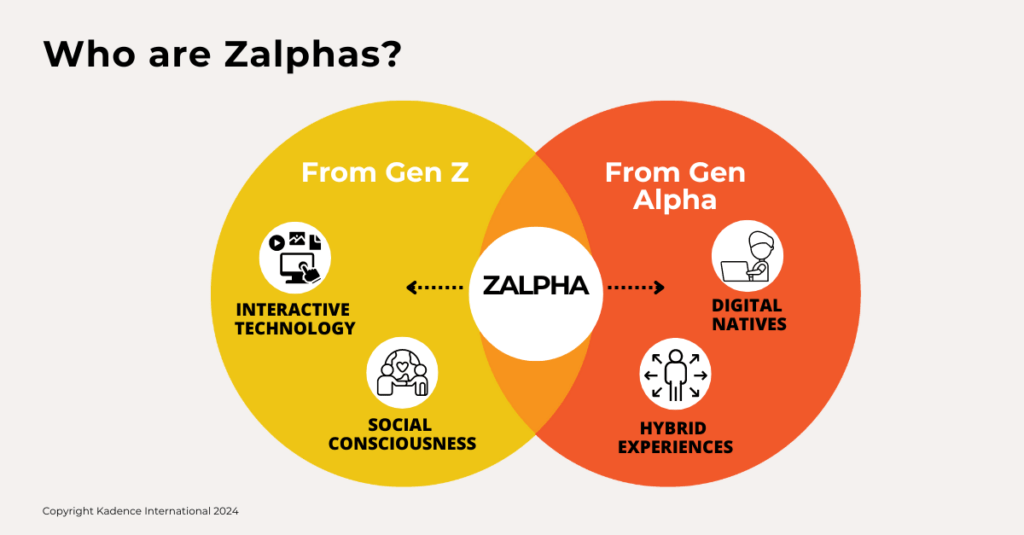
Key Traits:
Digital Natives: Zalphas have grown up with constant internet access and digital tools.
Tech-Savvy: They seamlessly adapt to new platforms, often multitasking across devices.
Short Attention Spans: Exposure to fast, bite-sized content from TikTok and Instagram has conditioned them to prefer quick, digestible media.
Value-Driven: They are drawn to brands with strong social and environmental values, prioritising authenticity and ethics.
Comparison to Earlier Generations
While Zalphas share certain similarities with Generation Z, they differ in their level of tech immersion. Generation Z saw the rise of smartphones.
| Generation | Tech Exposure | Digital Behavior | Values |
|---|---|---|---|
| Generation Z | Introduced to smartphones and social media during their early teens or adolescence. | Early adopters of social media, gradually integrated tech into daily life. | Activism-driven, values transparency, authenticity, and social responsibility in brands. |
| Zalphas | Born into a tech-centric world with heavy Gen Z influence on ethics and activism. | Digital fluency from birth; comfortable navigating multiple platforms and technologies. | Blend of digital fluency with Gen Z’s strong focus on ethics, transparency, and activism. |
| Generation Alpha | Fully immersed in technology from birth, with constant access to apps, screens, and smart devices. | Hyper-connected, completely reliant on tech for entertainment, learning, and social interaction. | Still developing, but expected to prioritise tech efficiency over activism as they grow. |
Zalphas, as this table shows, are a unique bridge between Generation Z’s activist mindset and Generation Alpha’s digital dependency. They navigate digital spaces with fluency while holding brands accountable for transparency and ethics. This combination makes Zalphas an essential generation for brands to understand as they straddle two distinct, influential generational trends.
Zalpha Consumer Behavior
Zalphas’ Buying Habits:
Zalphas’ consumer behaviours are largely shaped by social media platforms like TikTok, YouTube, and Instagram. Influencer marketing and peer recommendations heavily influence buying decisions, especially in fashion, tech, and gaming. Unlike previous generations, they demand ethical transparency from brands and are quick to disengage if brands fall short of these expectations.
AI and Gamification:
A defining characteristic of Zalpha consumer behaviour is their preference for gamified experiences and AI-driven personalisation. Whether through loyalty programs, in-app purchases, or virtual goods on platforms like Roblox, Zalphas expect shopping to be interactive and engaging. Similarly, brands that use AI to provide tailored shopping experiences—from curated ads to dynamic content—resonate deeply with Zalphas’ desire for real-time, personalised interaction.
| Key Influencers on Zalpha Buying Habits | Examples |
|---|---|
| Influencers & Social Media Trends | Popular YouTubers, TikTok creators, and Instagram influencers. |
| Peer Recommendations | Driven by what’s popular within their friend groups or school communities. |
| Parental Influence | Still strongly influenced by their parents’ decisions, especially for larger purchases. |
| Gamified Purchases | Enthusiastic about in-app purchases, virtual currencies like Robux, and online games with purchasing systems. |
Brand Loyalty: Zalphas are influenced by Gen Z’s focus on values but take it one step further. They expect brands to be authentic, ethical, and transparent, demanding accountability on issues such as environmental sustainability, diversity, and social responsibility. However, their loyalty can be fleeting, especially if they perceive a brand as failing to live up to its promises.
| Brand Values Important to Zalphas | Examples |
|---|---|
| Ethical Transparency | Clear, transparent communication about sourcing and production methods. |
| Sustainability | Brands that actively promote eco-friendly products and practices. |
| Diversity and Inclusion | Expect brands to support diverse voices and reflect inclusivity in marketing. |
Preferences: Zalphas, like their Gen Z predecessors, gravitate toward digital-first experiences. They prefer personalised interactions with brands through targeted ads, curated shopping experiences, or gamified engagement. In particular, Zalphas are drawn to platforms that offer interactive experiences—such as Roblox and Minecraft—where their creativity can merge with consumption.
| Key Consumer Preferences | Description |
|---|---|
| Personalization | Expect curated ads, custom shopping experiences, and recommendations tailored to their tastes. |
| Gamification | Strong interest in gamified consumer experiences, loyalty programs, and in-game purchases. |
| Instant Access | Preference for streaming services and apps that deliver instant, on-demand access to content. |
Zalphas are poised to become a powerful consumer force, blending the digital habits of Generation Alpha with the ethical and activist mindset of Generation Z. Brands must evolve rapidly, not just in terms of product offerings, but also in their values and how they communicate them.
The Global Influence of Zalphas
Regional Insights: Zalphas are emerging as a generation with global impact, but their behaviours and preferences vary across different regions. While they share common characteristics like digital fluency and demand for ethical transparency, the cultural contexts of each region shape their consumer habits differently. For example, in the US and UK, Zalphas are highly influenced by digital content and social media trends, especially through platforms like TikTok and YouTube. Meanwhile, in Asia, regions like Japan, Korea, and China see Zalphas heavily engaged in the gaming industry, with a growing interest in virtual influencers and AI-powered entertainment.
| Region | Key Influence on Zalpha Behavior | Notable Trend |
|---|---|---|
| United States | Heavy social media usage, influenced by influencers and peer-driven trends. | High demand for ethical and eco-conscious products. |
| United Kingdom | Similar to the US, but with a stronger focus on fashion trends driven by influencers. | Growing interest in sustainable fashion and brands. |
| China | Highly engaged in e-commerce and live shopping platforms. | Major interest in gamified shopping experiences and virtual influencers. |
| Japan | Tech-driven consumer culture, especially in gaming and entertainment. | Increasing demand for digital products and virtual reality experiences. |
| Korea | Strong influence of K-pop culture on purchasing habits. | K-pop and Korean beauty products dominate. |
| India | Zalphas rely heavily on mobile technology for content consumption and gaming. | Rising engagement in online education platforms and digital media. |
| Indonesia | Social commerce and influencer marketing are driving consumer trends. | Focus on mobile-first experiences and live shopping. |
| Vietnam | Similar to Indonesia, with a strong interest in digital media and mobile gaming. | Increasing demand for online-first retail experiences. |
| Philippines | Heavy social media usage combined with a mobile-first approach to shopping. | Strong demand for quick delivery and on-demand access to products. |
| Thailand | Zalphas are highly influenced by international trends, especially in gaming. | Growing demand for tech-based, personalised experiences. |
Cultural Impact: Zalphas are already influencing local and global cultures, particularly through their engagement with digital content. Brands that recognise this early and align their strategies with local nuances are seeing success. For example, in Korea, brands that partner with K-pop stars or integrate Korean beauty trends are thriving. In contrast, in the US, brands that champion environmental sustainability and social causes are gaining traction with Zalpha consumers.
Case Study: Allbirds – Sustainable Footwear for the Eco-Conscious Zalpha
Source: Allbirds website
Background:
Allbirds, a relatively young brand in the US market, has successfully tapped into the Zalpha generation’s desire for sustainability and transparency. Known for its eco-friendly shoes made from natural materials like merino wool and sugarcane, Allbirds has built its brand identity around ethical production and environmental responsibility.
Challenge:
With Zalphas emerging as a new consumer force, Allbirds faced the challenge of capturing their attention in a market where fast fashion and instant gratification dominate. This generation values sustainability but also expects seamless, engaging digital experiences, making it necessary for Allbirds to communicate their message in a way that resonates with Zalpha values while keeping them engaged online.
Solution:
Allbirds responded by emphasising its commitment to sustainability through storytelling, particularly on social media platforms like Instagram and TikTok, where Zalphas are highly active. The brand’s messaging focused on the transparency of its materials and the impact of its environmental initiatives, aligning with Zalpha’s preference for brands that take a clear ethical stance.
The brand showcases its commitments for 2025 and how they will result in a 50% reduction in emissions.
Source: Allbirds website
To further engage this generation, Allbirds introduced interactive quizzes and gamified elements on its website, allowing consumers to explore product recommendations tailored to their preferences. By blending sustainability with a digitally engaging experience, Allbirds created a strong connection with Zalpha consumers who value both ethics and interactivity.
Results:
Allbirds has seen steady growth among younger consumers, with increased engagement on social media platforms and higher conversion rates from interactive features on its website. Their campaigns emphasising transparency, gamification, and digital interaction have strengthened Zalpha loyalty, helping Allbirds stand out in the crowded footwear market.
Case Study: Perfect Diary transforms the beauty industry with live streaming and affordable pricing attracting young teens.
Image Source: Reuters
Background:
Perfect Diary, a beauty brand founded in 2017, has rapidly become one of China’s top cosmetics companies by embracing digital-first strategies. The brand is primarily e-commerce-driven and uses social media platforms like WeChat, Xiaohongshu (Little Red Book), and Douyin (China’s TikTok) to connect with younger consumers, including Zalphas.
Challenge:
The competitive beauty market in China is saturated with local and international brands, making it difficult to stand out. Perfect Diary faced the challenge of appealing to Zalpha’s desire for personalised experiences, interactive content, and real-time engagement, while also competing against larger, more established beauty brands.
Solution:
Perfect Diary adopted a highly personalised approach to engage Zalphas. The brand partnered with micro-influencers and Key Opinion Leaders (KOLs) to promote their products through live-streaming events, a favourite medium for this digitally-savvy generation. By integrating live shopping with personalized product recommendations, Perfect Diary was able to offer a unique, interactive experience that resonated with Zalpha consumers.
In addition, the brand gamified its online shopping experience, offering rewards, discounts, and exclusive product drops for users who engaged with their content or made repeat purchases. This gamification strategy tapped directly into Zalpha’s love for digital interaction and incentives, driving engagement and loyalty.
Results:
Perfect Diary’s digital-first strategy has led to exponential growth, particularly among younger consumers. By focusing on influencer-led campaigns and gamified shopping, Perfect Diary was able to establish itself as a leader in China’s beauty market, with a strong appeal to Zalphas, who favoured personalised and interactive experiences.
Zalphas and the Future of Market Research
Predictive Trends
Market research will increasingly rely on AI-driven models and scenario analysis to forecast Zalphas’ preferences. By analyzing their online behaviours—such as social media activity and in-app purchases—brands can create hyper-personalised experiences that resonate with this digitally fluent generation.
For example, social listening tools can help brands track Zalpha conversations online, analyzing patterns in real-time to anticipate trending products or causes. In addition, AI-powered predictive analytics can assist brands in personalising content based on user behaviour, offering product recommendations that appeal to Zalphas’ unique preferences.
Data Insights
Zalphas, as part of Generation Alpha, are projected to have a global spending power of $1.7 trillion by 2029, with influence over 93% of household purchases. Their preferences, driven by digital fluency and ethical values, will redefine market dynamics in key sectors like tech, fashion, and entertainment.
| Key Data Points | Insight |
| $1.7 trillion spending power by 2029 | Zalphas are poised to drive future consumer markets, influencing key sectors. |
| 93% influence on household purchases | Their influence extends to decisions around tech, entertainment, and fashion. |
| Digital Fluency & Ethics | Zalphas demand personalised, ethical brand experiences. |
Brand Strategies
To stay ahead of Zalphas, brands must:
- Leverage AI & Personalisation: Use AI to deliver tailored experiences, from shopping recommendations to dynamic content.
- Emphasise Ethics & Transparency: Brands that champion ethical business practices will gain Zalpha loyalty.
- Gamify the Consumer Experience: Interactive shopping experiences and rewards programs will engage Zalphas.
- Influencer-Driven Marketing: Micro-influencers with authentic voices will resonate more than traditional advertising.
- Adopt a Global-Local Strategy: Brands must localise offerings while maintaining a cohesive global message.
Zalphas are set to redefine the consumer landscape. As they grow into their economic power, brands must adapt to their expectations for digital fluency, transparency, and ethical behavior. Market research will play a crucial role in anticipating Zalpha trends, enabling brands to stay competitive in a rapidly changing market.
By embracing AI-driven personalisation, ethical practices, and interactive experiences, brands will not only capture Zalphas’ loyalty but thrive in a future shaped by this pivotal generation.

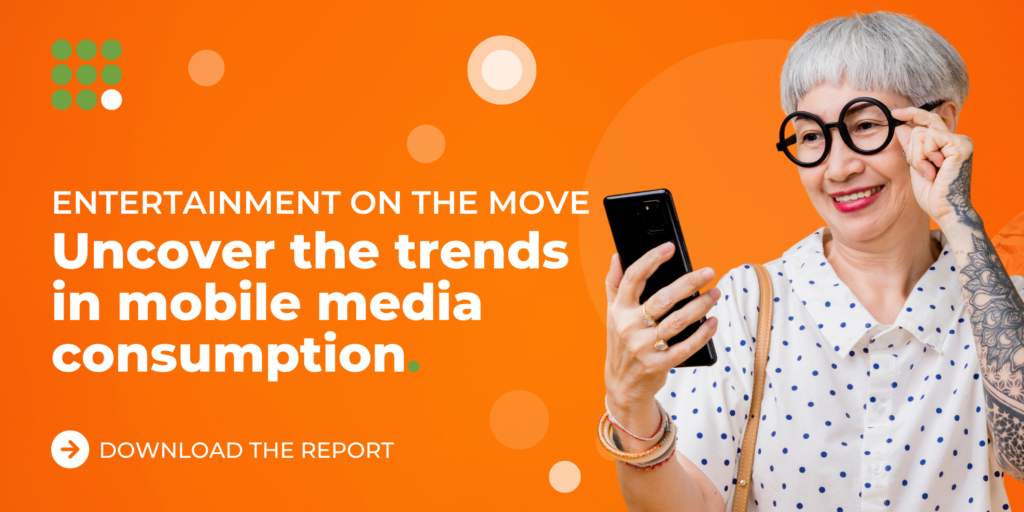

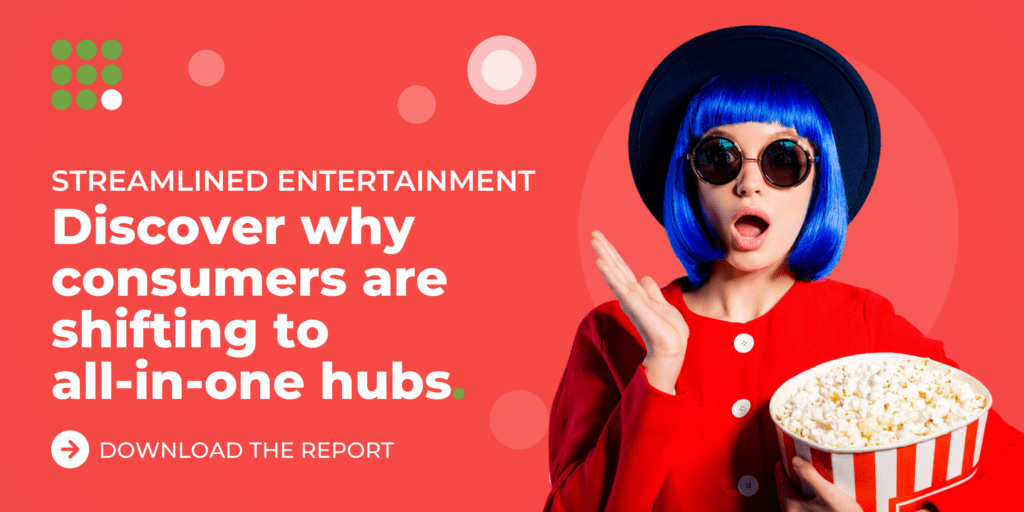

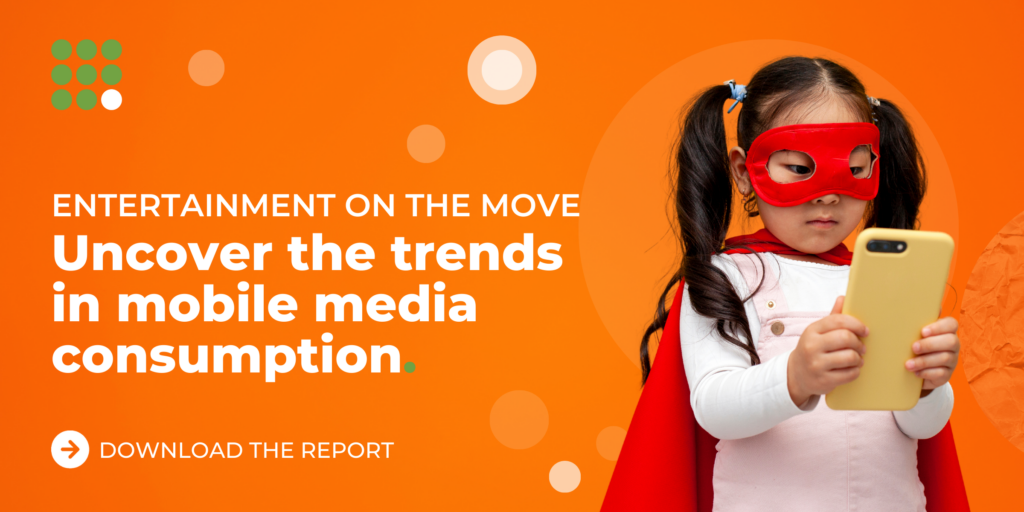



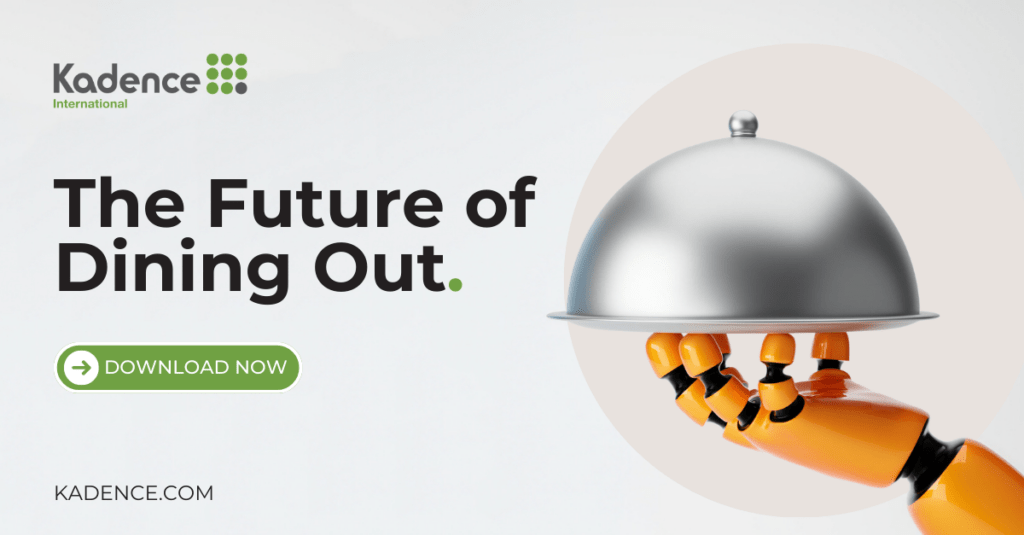

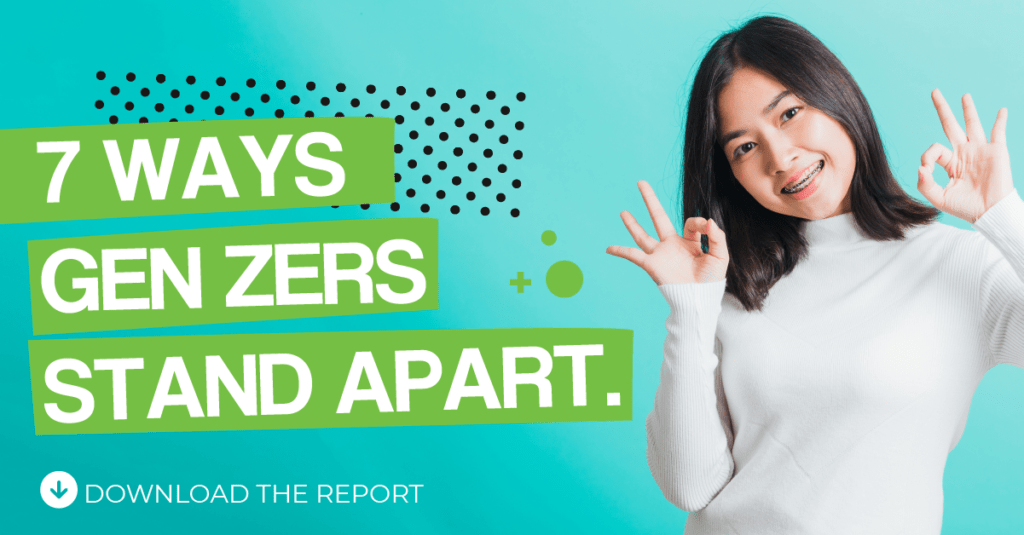

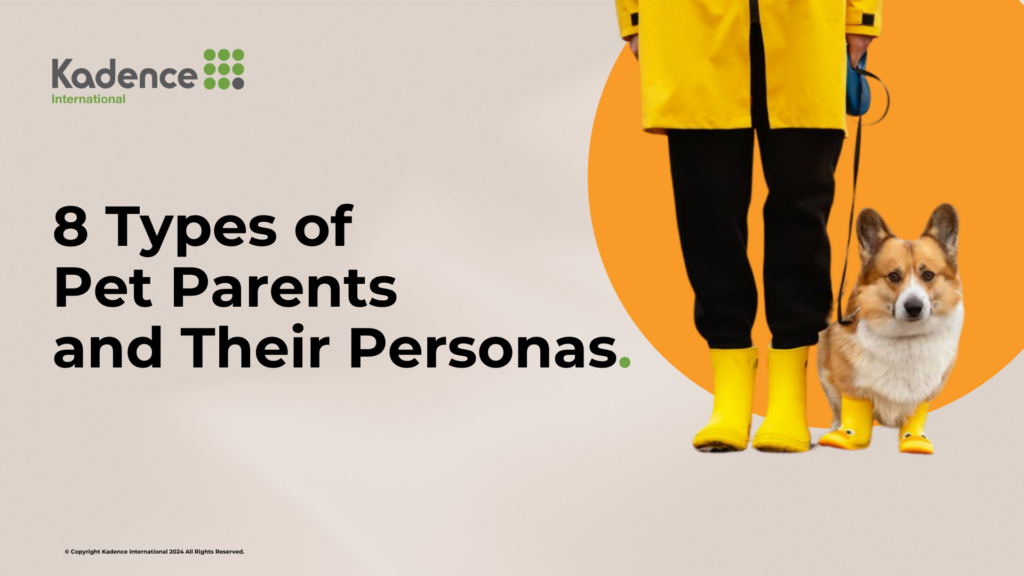
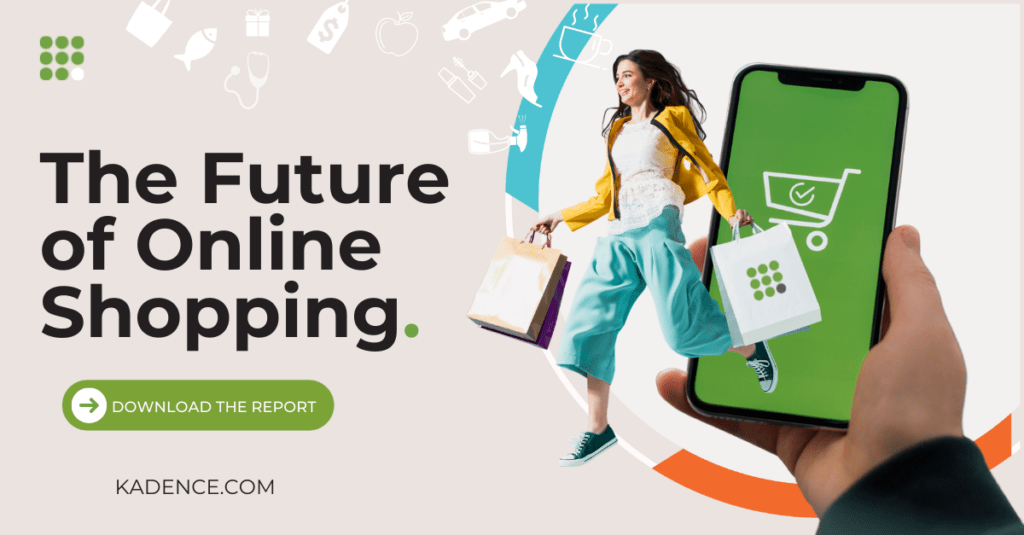

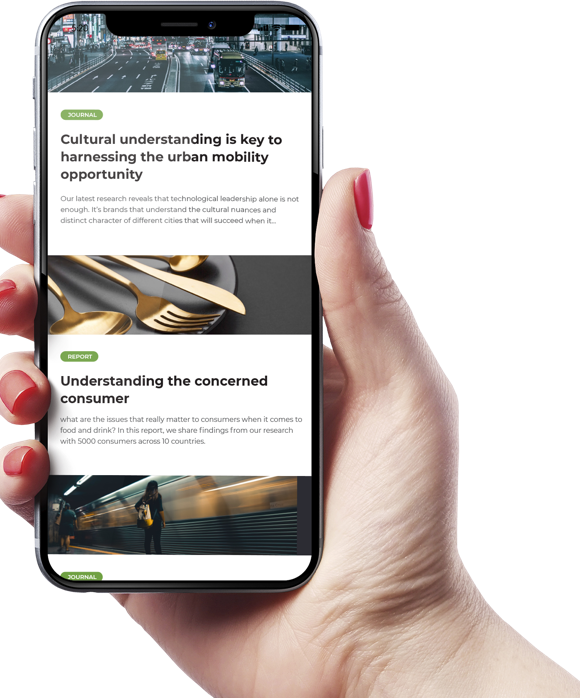
 Senior Marketing Executive
Senior Marketing Executive Sales & Marketing
Sales & Marketing General Manager PR -Internal Communications & Government Affairs
General Manager PR -Internal Communications & Government Affairs Vital Strategies
Vital Strategies
 Customer Intelligence Director
Customer Intelligence Director